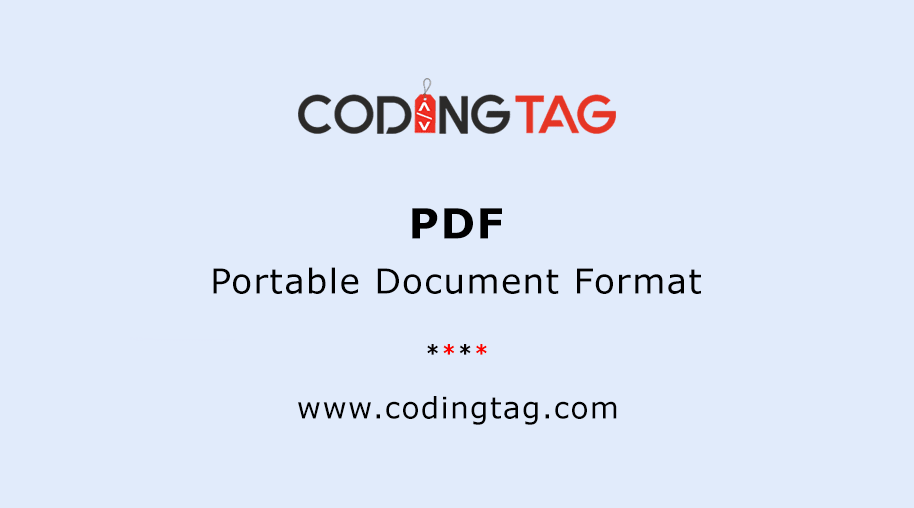DIF Full Form - Deposit Insurance Fund
by Shashi Gaherwar
0 1014
Introduction
The Deposit Insurance Fund (DIF) is a crucial financial safeguard that protects depositors' funds in case of bank failures. Managed by deposit insurance agencies, the fund ensures financial stability by guaranteeing that depositors receive compensation up to a certain limit. It is an essential component of a well-functioning banking system, promoting public confidence and preventing economic disruptions.
This article explores the objectives, functions, benefits, and challenges of the Deposit Insurance Fund and its role in strengthening the financial ecosystem.
What is the Deposit Insurance Fund (DIF)?
The Deposit Insurance Fund is a reserve maintained by deposit insurance corporations to compensate insured depositors when a bank fails. It is typically funded by insurance premiums paid by banks and is used to cover deposit payouts, ensuring that customers do not lose their money due to financial institution collapses.
Key Features of the Deposit Insurance Fund:
• Protection for depositors by ensuring compensation in case of bank failures.
• Maintained by deposit insurance corporations such as the FDIC in the U.S. or the DICGC in India.
• Funded through bank premiums, investments, and recoveries from failed institutions.
• Enhances public confidence in the banking sector by reducing risks of financial loss.
Key Functions of the Deposit Insurance Fund
1. Providing Deposit Insurance Coverage
The DIF ensures that depositors receive compensation up to a predetermined amount if their bank fails. The insured amount varies by country, such as $250,000 per depositor per bank in the U.S. and ₹5 lakh in India.
2. Managing Bank Premiums and Contributions
Banks contribute regular premiums to the deposit insurance fund, calculated based on their size, risk exposure, and regulatory framework. This pool of funds ensures the availability of financial resources for potential payouts.
3. Settling Claims After Bank Failures
When a bank collapses, the deposit insurance agency uses the DIF to compensate insured depositors. It coordinates with the central bank and regulatory authorities to ensure smooth and timely reimbursements.
4. Strengthening Financial Stability
By mitigating the risk of deposit losses, the DIF prevents bank runs and enhances trust in the financial system. This encourages people to keep their money in banks rather than withdrawing funds due to fear of bank insolvency.
5. Supporting Failed Bank Resolutions
In cases where a bank is declared insolvent, the DIF may assist in restructuring or facilitating mergers with stronger institutions to prevent complete liquidation.
Benefits of the Deposit Insurance Fund
1. Protection for Small Depositors
The DIF safeguards individuals and small businesses by ensuring they recover their deposits even if their bank shuts down.
2. Prevention of Bank Runs
By assuring deposit security, the DIF helps prevent widespread panic and mass withdrawals, which can destabilize the banking system.
3. Boosts Public Confidence in Banks
Knowing that deposits are insured, customers are more likely to trust and engage with financial institutions, supporting economic growth.
4. Encourages Savings and Banking Participation
With guaranteed protection, individuals are more likely to deposit their money in banks rather than hoarding cash, fostering a stronger banking network.
Challenges Faced by the Deposit Insurance Fund
1. Sustainability of the Fund
During widespread financial crises or multiple bank failures, the DIF may struggle to cover all claims, requiring government intervention.
2. Limited Coverage Amount
While deposit insurance provides security, the coverage limit may not be sufficient for high-net-worth individuals or businesses with large deposits.
3. Moral Hazard Risk
Deposit insurance may lead to riskier behavior by banks, as they assume that losses will be covered by the DIF, potentially leading to financial instability.
4. Challenges in Managing Premiums and Risk Exposure
Setting appropriate premium rates and monitoring bank risk levels are essential to maintain a healthy fund balance.
Future of the Deposit Insurance Fund
To ensure long-term sustainability and effectiveness, the DIF may need:
• Higher insurance limits to match increasing deposit amounts and inflation rates.
• Stronger risk assessment mechanisms to prevent excessive exposure to failing banks.
• Improved payout mechanisms for faster compensation to depositors.
• Greater collaboration with financial institutions to ensure proactive risk management.
The Deposit Insurance Fund plays a vital role in safeguarding depositors, promoting financial stability, and strengthening confidence in the banking sector. By providing insurance coverage, managing risk, and ensuring swift compensation in case of bank failures, it protects individuals and businesses from financial loss. As banking systems evolve, continued improvements in fund management and risk assessment will be essential to maintain its effectiveness and reliability in securing the financial future of depositors.

Share:








Comments
Waiting for your comments